Writer: Helena Bergström
Facts about dates! Do you know what date palms look like, when fresh dates are in season or how the fresh and dried fruit is usually eaten? We made bacon-wrapped dates a few days ago, and now we're getting into exciting date facts!
Table of contents
Facts about dates
While making the bacon-wrapped dates this week, we did some reading about the fruit. How interesting! Now we've read even more and gathered a lot of facts about dates.
1. The date palm can reach a height of 35 metres.
The date palm (Phoenix dactylifera) is a species in the palm family. The palm, which has a thick barky trunk, is often more than 20 metres high and can sometimes reach 35 metres. A magnificent tree indeed!
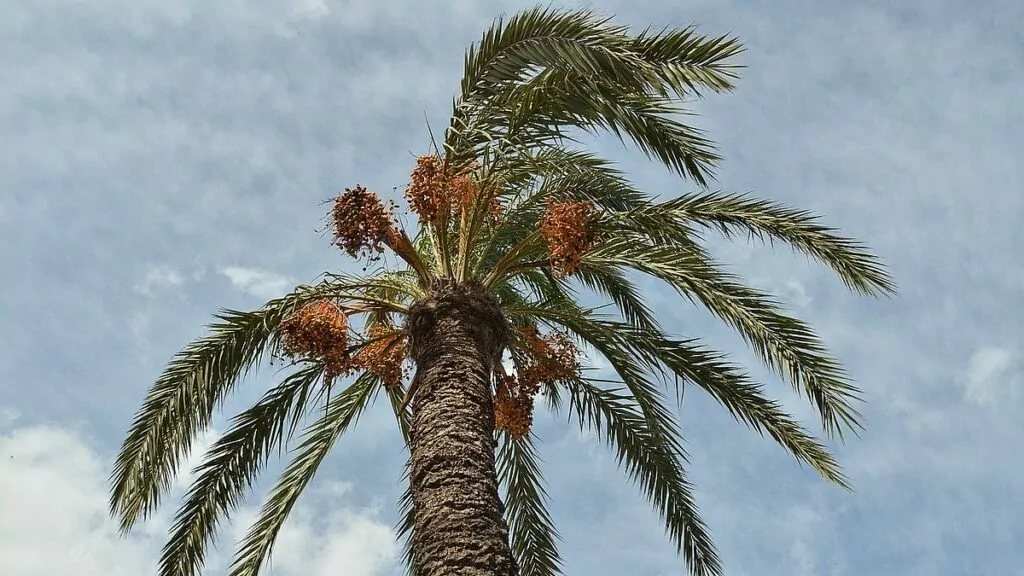
2. The date palm can withstand freezing temperatures
The date palm thrives best in slightly warmer climates, but can withstand more cold than you might think. According to Wikipedia, the palm can withstand up to 12 degrees below zero, but you have to protect the root system. Apparently they also don't produce much fruit if they grow in these temperatures.
3. the fruits grow in heavy clusters
The dates sit in clusters on the palms and one such cluster can weigh as much as 50kg. On each palm there can be eight such fruit stands. A lot of fruit!
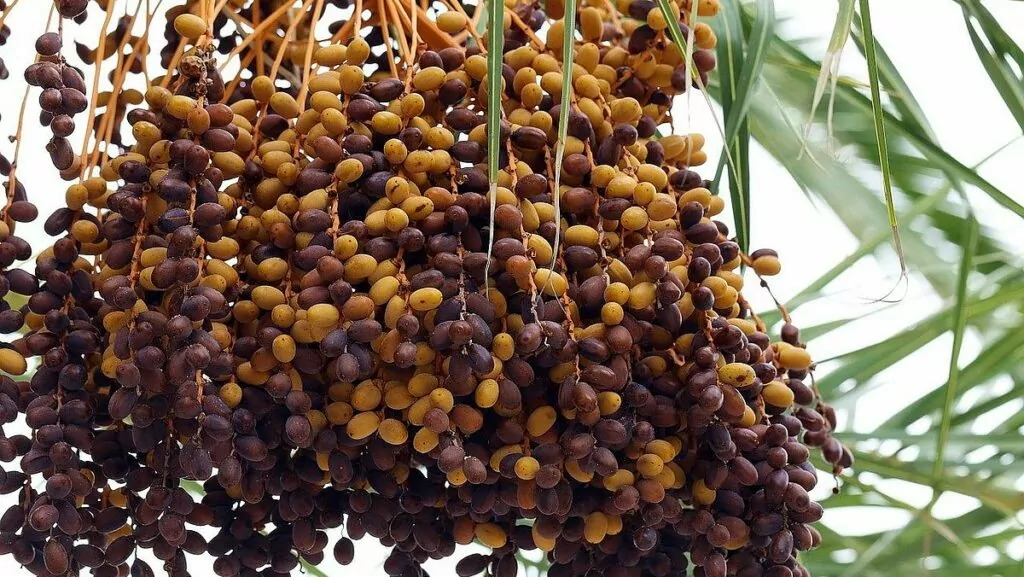
4. There are more than 1500 varieties
There are more than 1,500 varieties of dates described. One of the most common is 'Deglet Noor' from North Africa. This variety is mostly exported from North Africa and also accounts for 75 per cent of date production in California. The 'Sayer' variety is the most widely grown variety and accounts for a large proportion of imports to Europe.
5. the fresh fruit is yellow or red in colour
The fruit of the date palm is elongated and contains a kernel. When fresh, they are bright yellow or red, and when dry they darken to a brownish-black colour, with a shiny skin. The fruit has a soft, sweet and flavourful flesh. When unripe, however, it is rough in flavour.
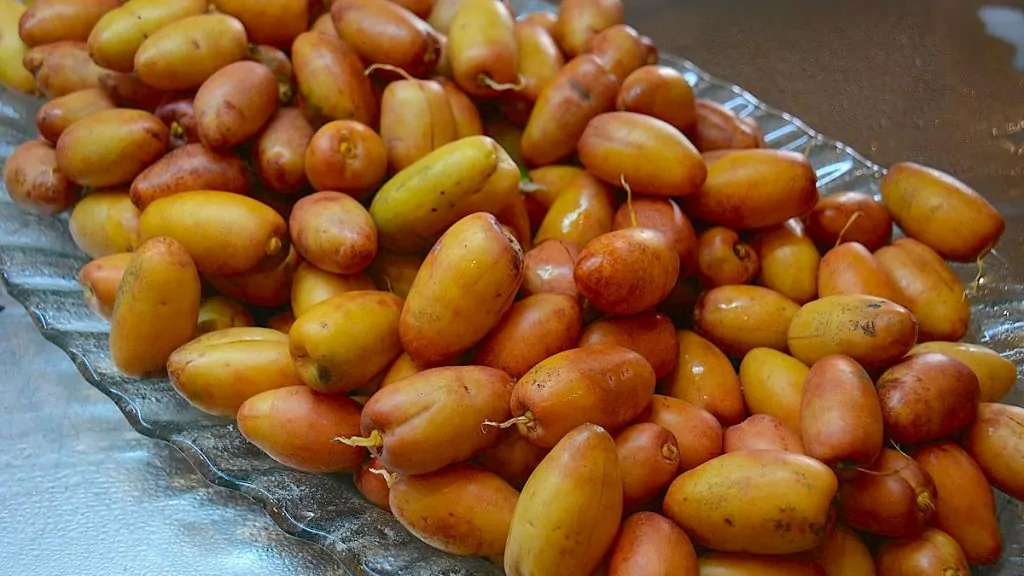
6. The date palm has been known for 6000 years
The date palm has been known for around 6000 years. The energy and nutrient-rich fruit has been an important part of the diet in both the Middle East and North Africa.
7. Dates are rich in nutrients
Dried dates are rich in dietary fibre and have a high content of several nutrients such as calcium, potassium, iron and magnesium.
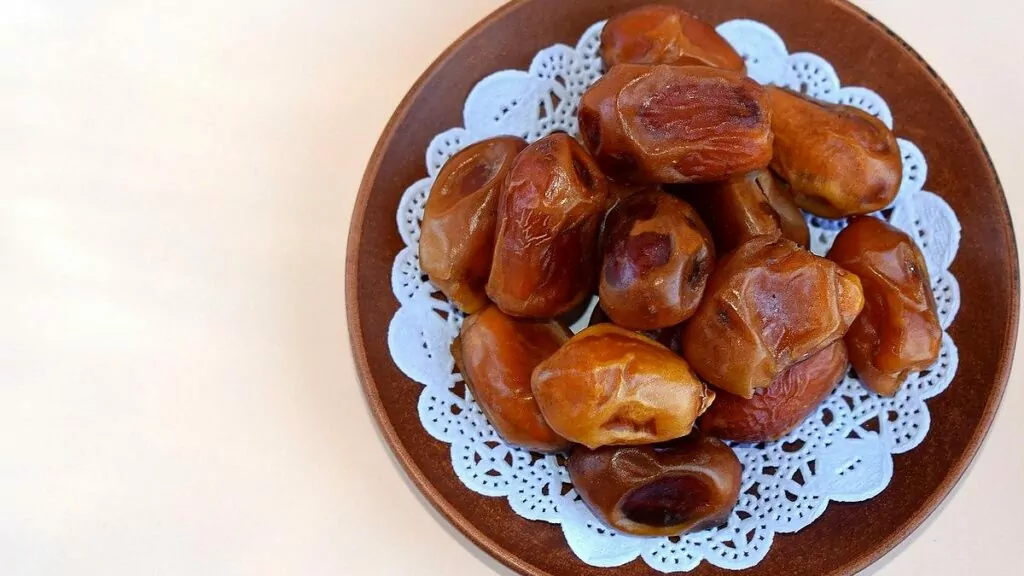
8. Dates are high in sugar
The exotic fruits are rich in sugar. When dried, they contain more sugar than when fresh, as dried fruit contains less water and is therefore very energy dense. When the date is dried, it contains 321 kcal per 100 grams. This means it is about as energy dense as cheese.
9. The season is (among others) in late autumn
Dried dates are available all year round, both abroad and in Sweden. The fresh fruit has a different season depending on where in the world it grows, but in North Africa, the Middle East and the Mediterranean region the season is in late autumn.
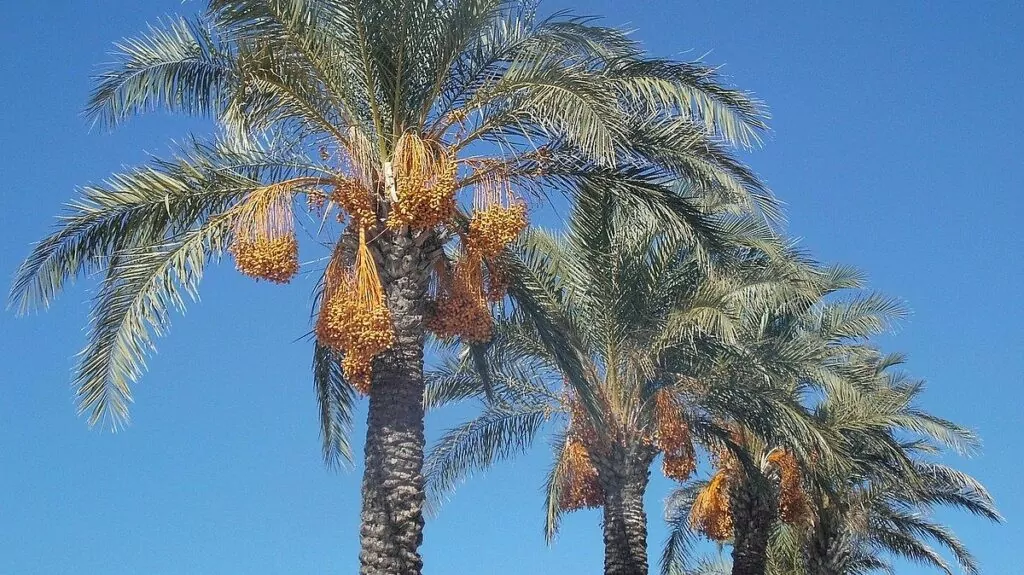
10. 8.5 million tonnes of dates are produced annually.
The annual production of dates is 8.5 million tonnes according to the Food and Agriculture Organization of the United Nations. Perhaps unsurprisingly, the largest production is in the Middle East and North Africa.
11. Dried is a better environmental choice than fresh
Fresh dates must be transported long distances and kept refrigerated. When the fruit is dried, it has a long shelf life and becomes a better environmental choice here in Sweden. By the way, fresh dates are not as sweet as the dried ones. You can eat them as they are or add them to a salad or yoghurt, for example.
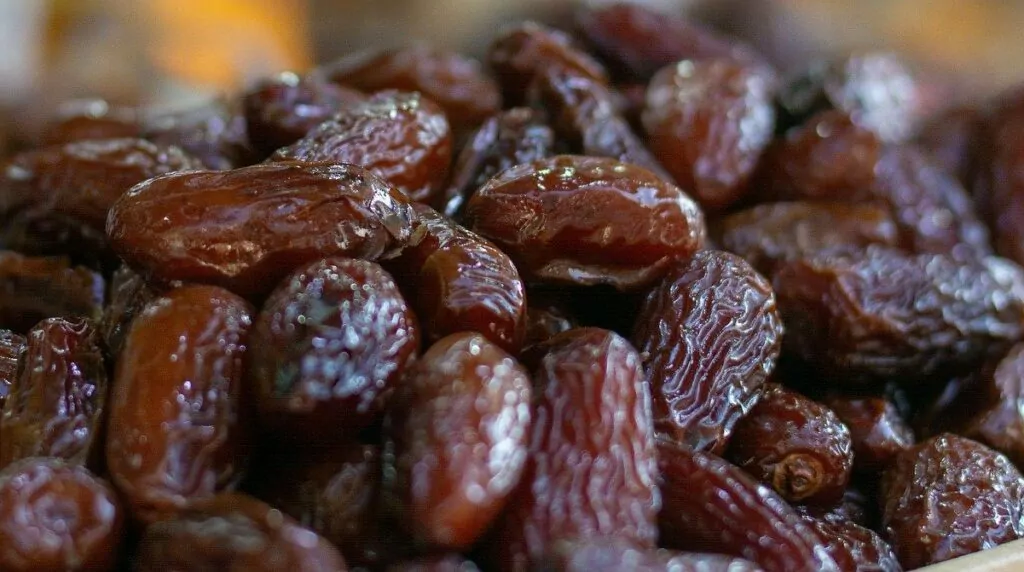
12. Dates used as an ingredient in raw food sweets
Dates are a common ingredient in raw food sweets, such as various raw food balls or raw food cakes. The fruit is often used to sweeten baked goods instead of using sugar. The results are unlikely to be less energy, but most likely more nutrition.
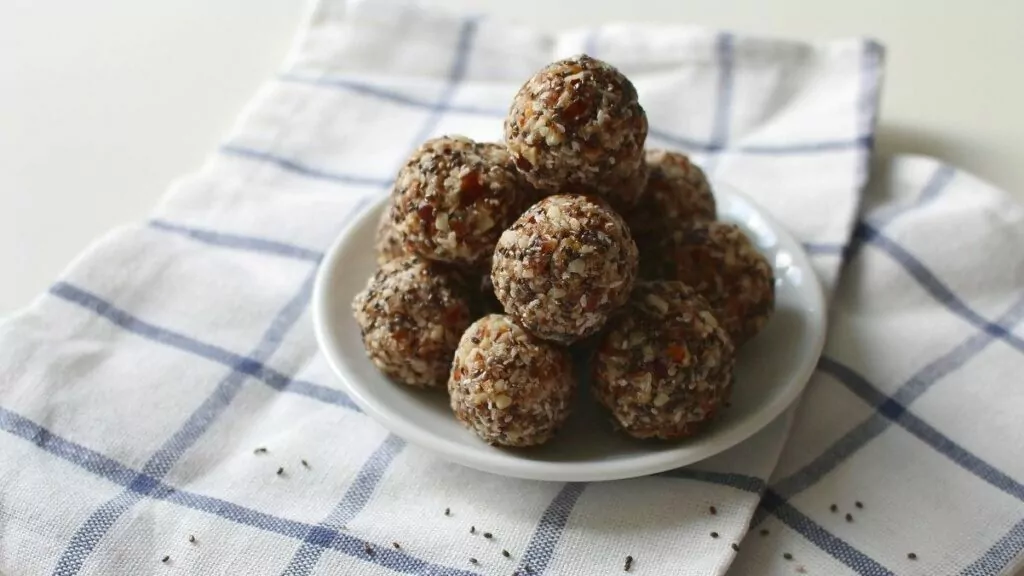
13. The exotic fruit is popular as a snack
Dates are not only used in sweet desserts, but also in various snacks, such as the bacon-wrapped dates we made last week or different variations with cheese fillings such as chèvre, manchego, noble cheese or gruyere.
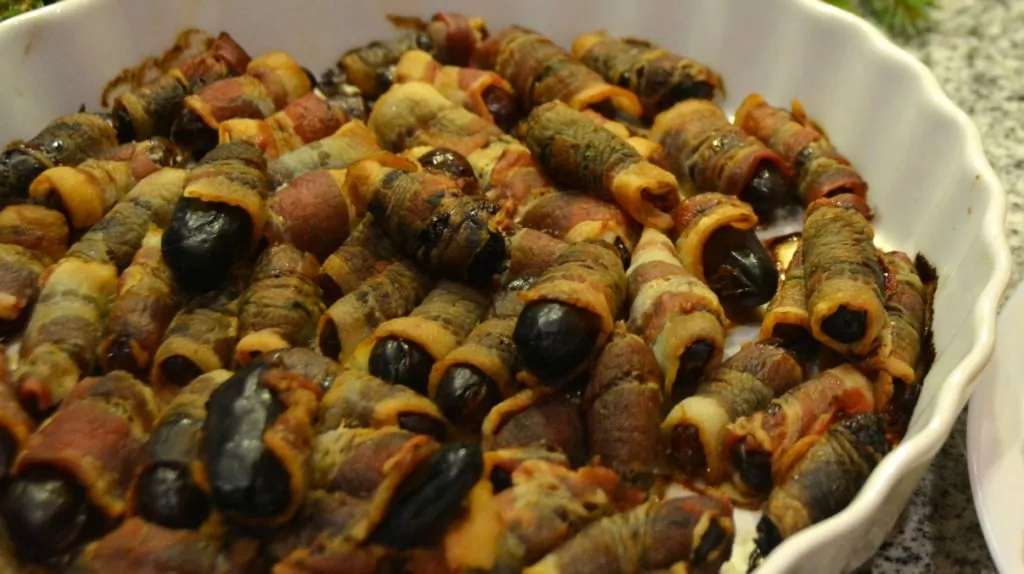
14. The date is associated with Christmas
Dates, along with other exotic fruits like figs and raisins, came to our part of the world in the 19th century. In both the 19th and 20th centuries, the fruit became popular to serve among all the 'Christmas treats', but its popularity has since declined, at least in that particular context.
15. The name "date" means finger
The name "date" is derived from a Greek word meaning "finger". Could it be that it looks like the palms are wearing fingers?
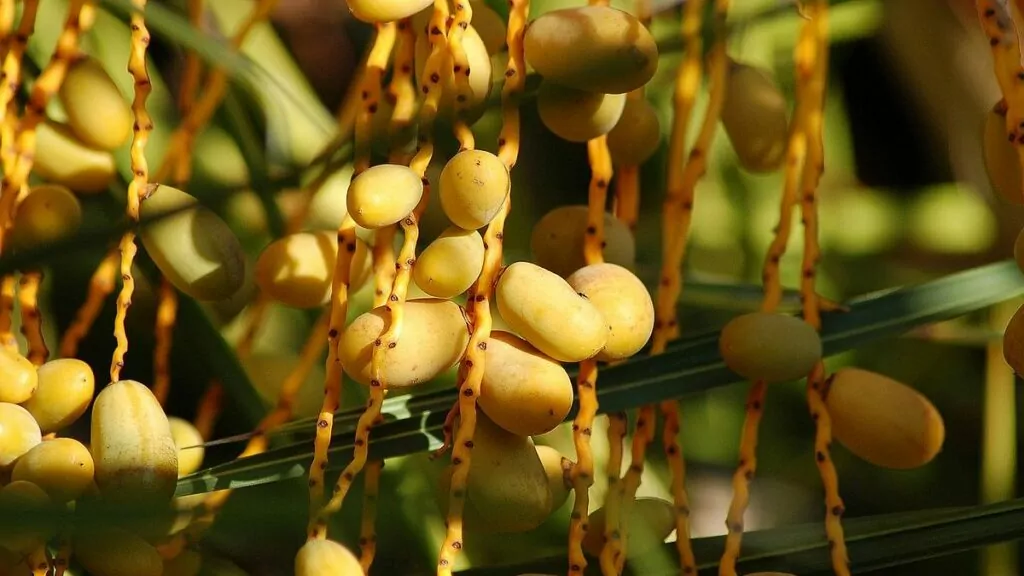
More interesting facts about dates?
Do you like dates? Maybe you have some more interesting facts about dates? Let us know!


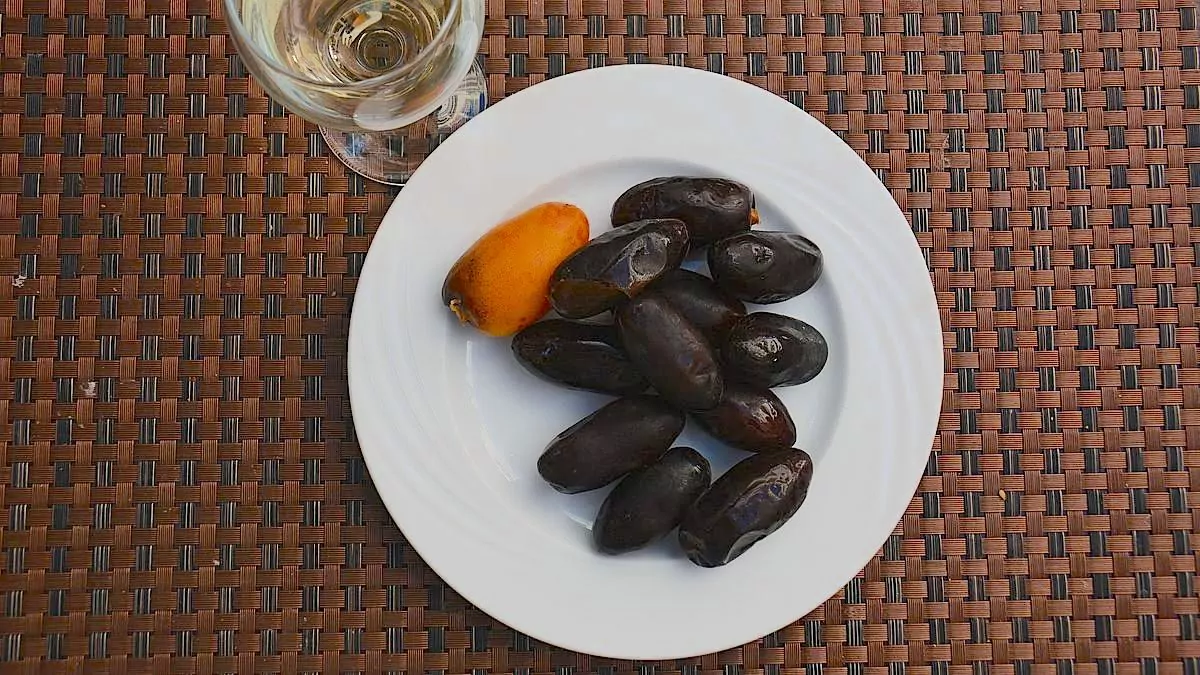







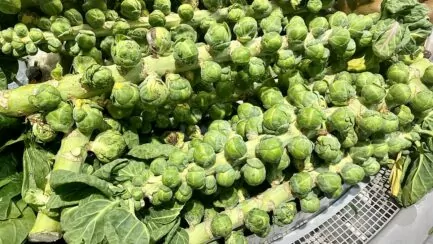



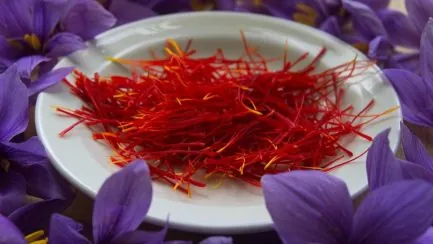



Maria's Memoirs says:
I feel like dates have become more popular here in Finland in recent years, and not necessarily only at Christmas 🙂 Liquorice dates are my favourite, but regular dates are also good sometimes. They sold super good dates at markets in Jerusalem.
05 December 2020 - 11:50
Helena says:
Maybe it's a bit the same in Sweden. That is, more popular in general but less popular at Christmas 😉 Glad you found good dates in Jerusalem!
05 December 2020 - 18:59
BP says:
Having holidayed in Spain, I have seen many bunches of dates hanging from palm trees. Some of them have even been hit on the head when they have fallen from a great height. I think the bunches look really beautiful hanging there between the palm leaves. But for me they are simply too sweet to eat.
05 December 2020 - 17:16
Helena says:
Hope they just fall one by one then 😉 Yes, I understood that you think they are too cute! Agree that they are cute iofs, but still like them 😉 .
05 December 2020 - 19:00
Lena - good for the soul says:
Fun fact for me who likes dates!
Hug Lena
14 December 2020 - 20:51